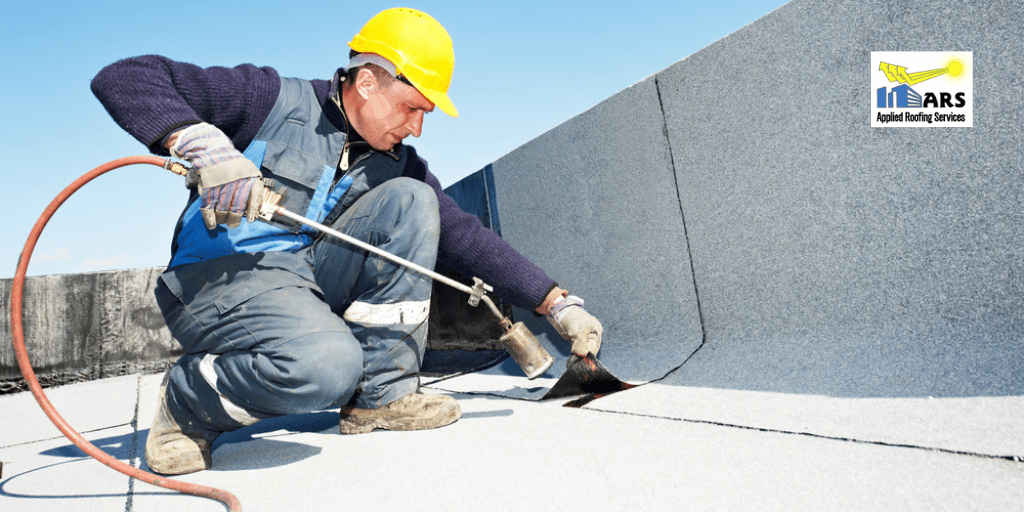Is your roof absorbing too much sunlight, making the inside of your building uncomfortable? Is it designed with dark, non-reflective roofing materials? Don’t worry; our cool roof foam and coatings will help keep your building cool and comfortable, even during those hot summer days.
What is a Cool Roof?
A cool roof is designed to reflect more sunlight, reducing the amount of heat transfer to the building, thus keeping it cool. It also enhances your roof’s lifespan by reducing your building’s cooling loads and heat absorption.
Benefits of Cool Roofs
A cool roof
- Minimizes the need for air conditioners, reducing your electric bills
- Costs less than a conventional roof
- Improves indoor comfort even in non-air-conditioned places
- Decreases the roof’s environmental impact, thus increasing its durability
- Requires little to no maintenance
- Lowers the building’s indoor temperature in hotter months
Types of Cool Roofs
There are various cool roof types available to choose from that are suited to your building’s design and structural components, including
Low-Sloped Cool Roofs
Cool roof types for low-sloped roofs include
- Foam Roofs – Topped with a foam-like material made of two liquid chemicals (that combine to create a solid, flexible, and lightweight layer), these roofs are reliable and cost-effective.
- Coated Roofs – Coated with the best cool roof paint to enhance the roof’s durability and adhesion while reducing bacterial growth. Cool roof coatings can be added to various surfaces, including metal, gravel, asphalt cap sheet, etc.
- Single-Ply Membranes - These are prefabricated sheets individually applied to a rooftop. They are available in two types, single-ply EPDM (Ethylene Propylene Diene Monomer) and single-ply thermoplastics.
- Built-Up Roofs – Cooling techniques for built-up roofs involve topping the roof with mineral-surfaced sheets containing reflective mineral granules or applied coatings or embedding reflective materials into asphalt or coal tar.
- Modified Bitumen Roofs – Designed to accommodate both warm and cold temperatures. These roofs can be installed in four ways, including torch-applied, cold-applied, hot-mopped, and with self-adhesives.
Related: 4 Reasons Why Spray Foam Roofing is a Cost-Effective Option
Steep-Sloped Roofs
Cool roofing materials used for steep-sloped roofs include
- Metal Roofs – Having an increased solar reflectance of above 70%, these roofs keep the buildings cool and energy-efficient.
- Tiles – Having a thermal emittance up to 80% and solar reflectance of over 50%, clay tiles are considered the best cool roofing material. Concrete tiles are recommended only in extreme weather conditions.
- Asphalt Shingles - These are mostly used in residential buildings, as their solar reflectance is low (only 30%).
Avoid applying cool roof coatings over existing shingles, as they can prevent paints from drying, resulting in water damage. Also read: All You Need to Know about Asphalt Emulsion Roof Coating Systems
Cool Roof Reflective Coatings
- White Coatings – Featuring polymeric materials and white pigments, these coatings are opaque and 70-80% reflective.
- Aluminum Coatings – Having an asphalt-like resin with aluminum leafing flakes, these coatings provide 50-70% solar reflectance.
- Pigmented Coatings – Available in blue, red, and green colors, these coatings reflect only 20% sunlight.
Are you looking for the best cool roof foam and coating in California? Get a quote online or call us today at 714-632-8418.


